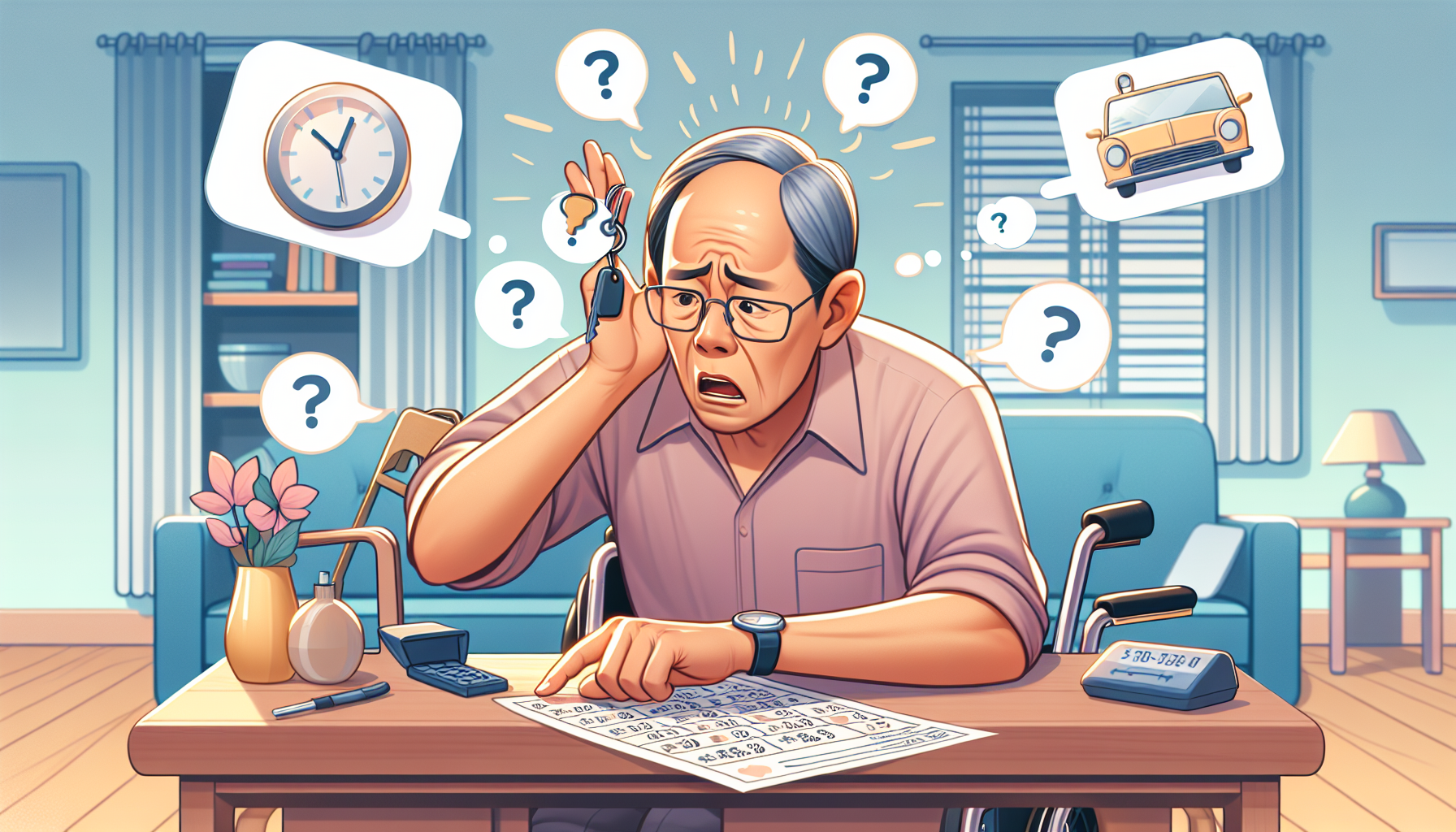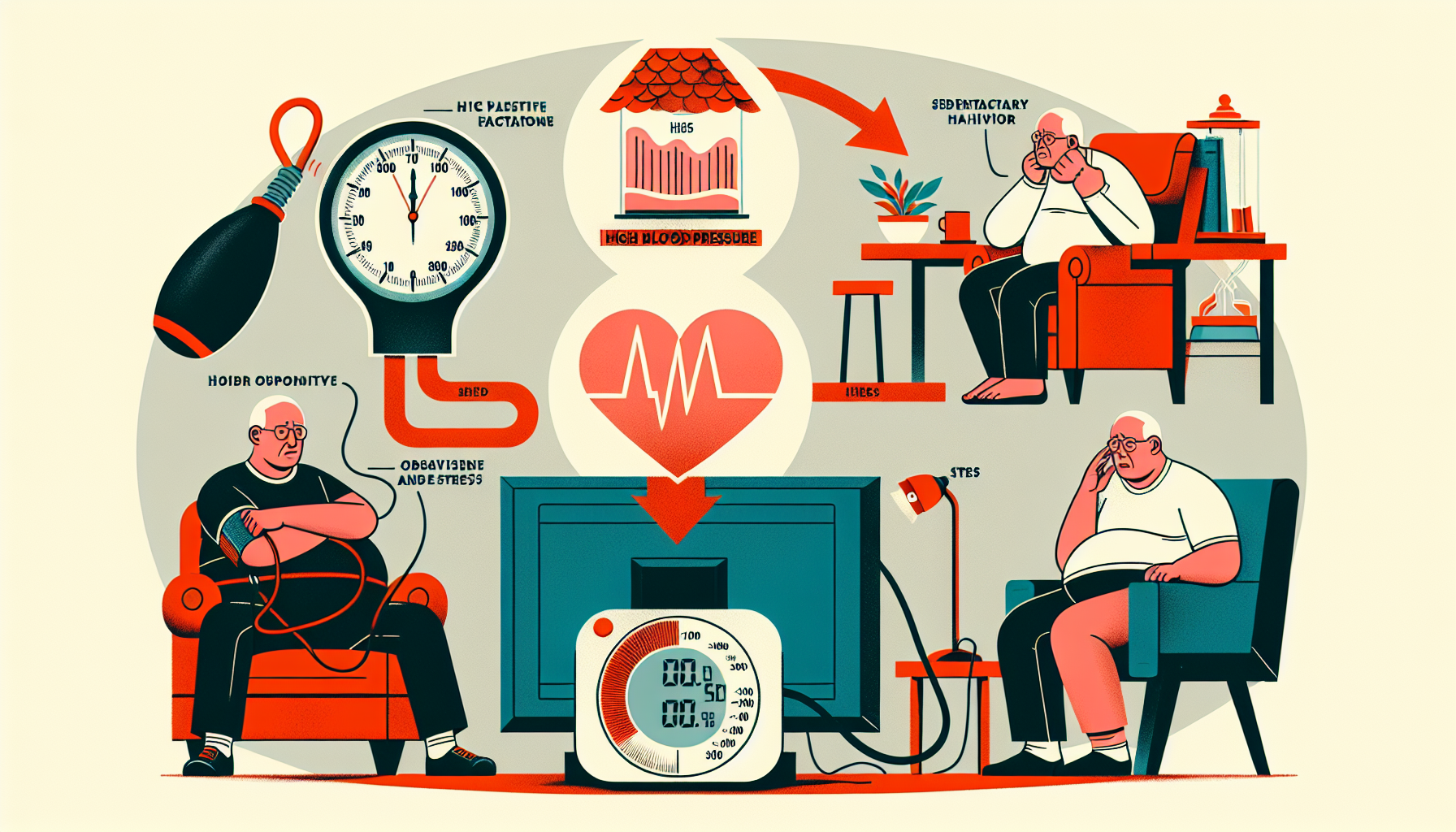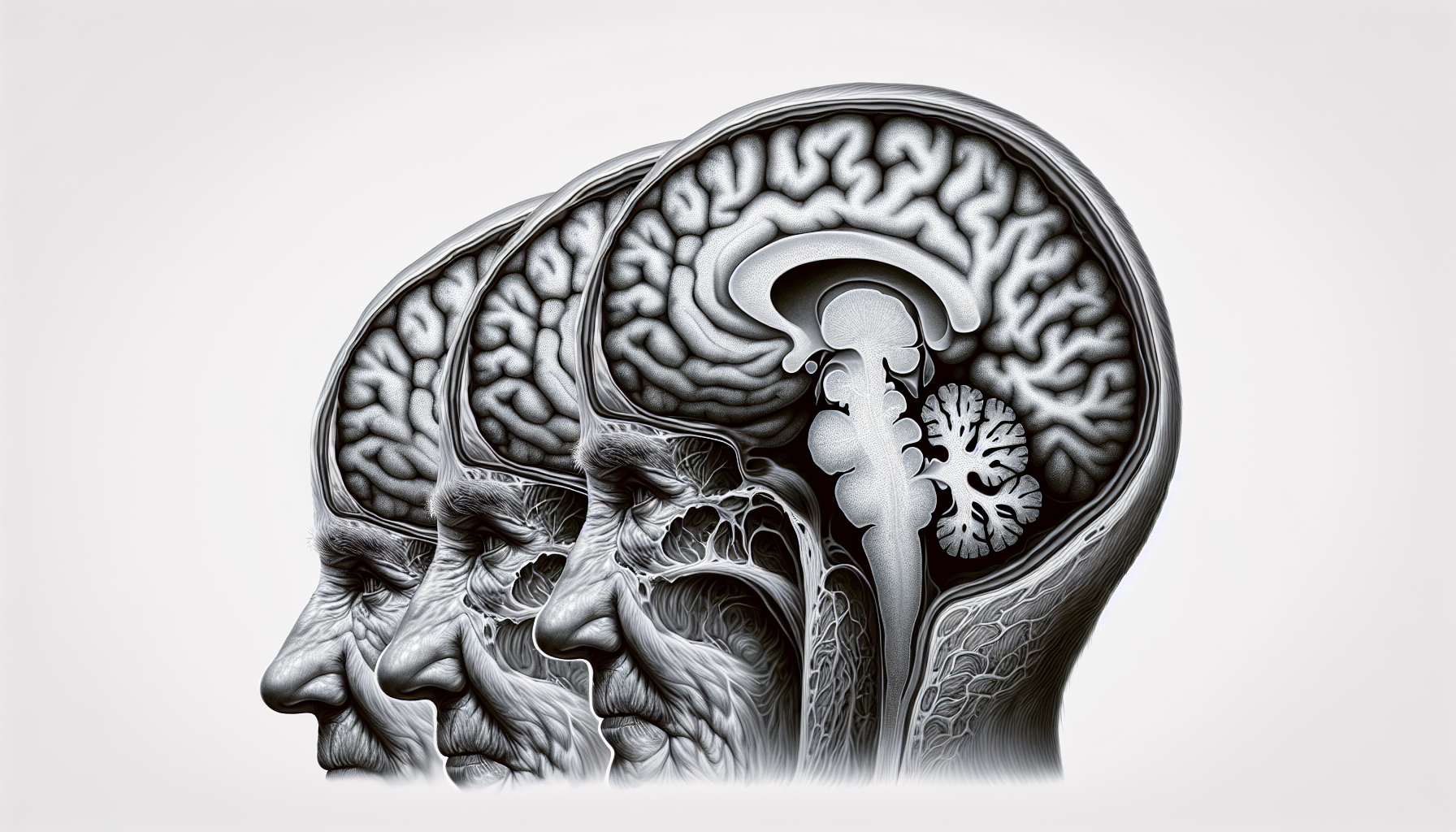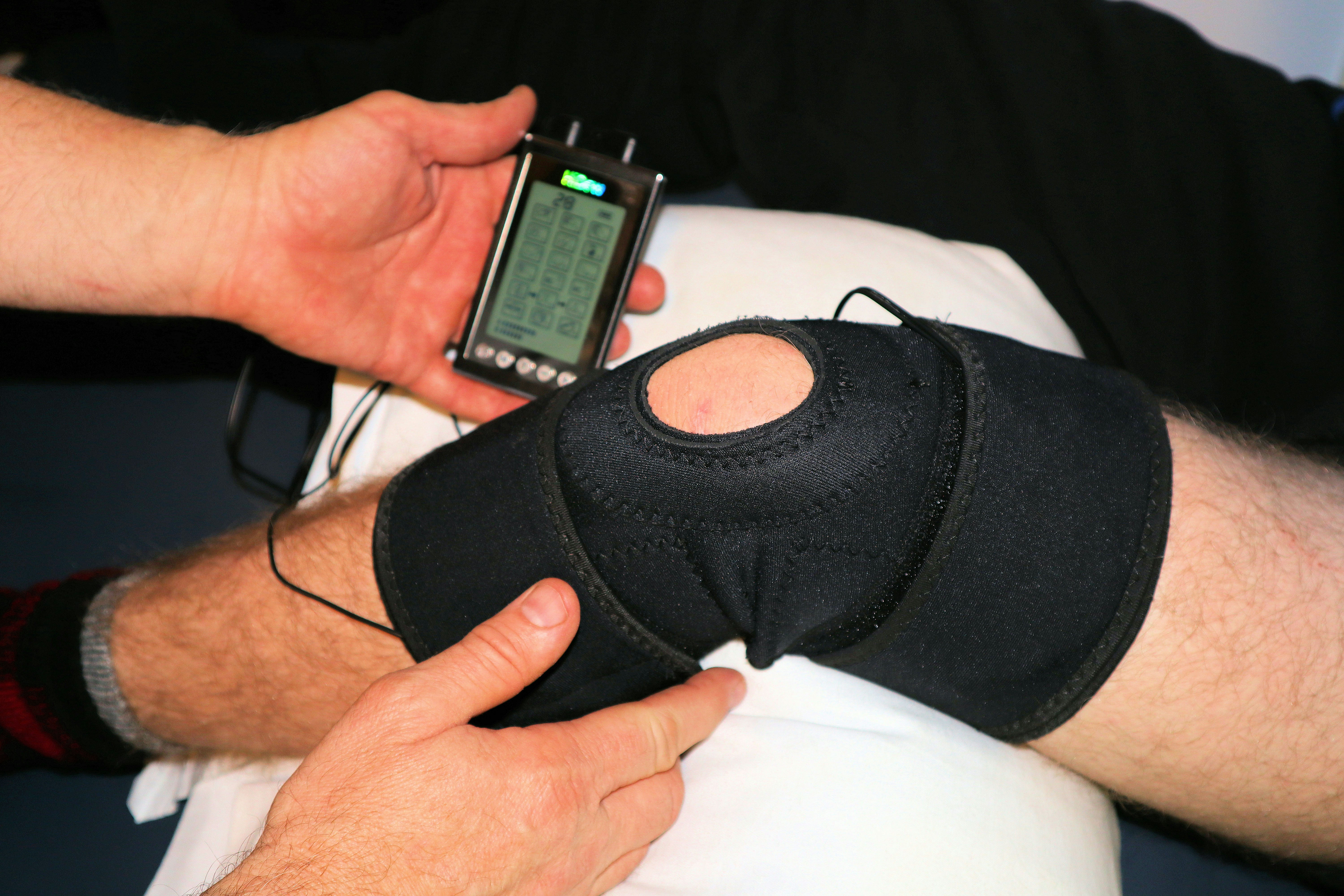The Benefits Of Sensory Occupational Therapy
Discover the effectiveness of sensory occupational therapy for enhanced daily living!

Understanding Sensory Processing
Sensory processing refers to how the brain receives, interprets, and responds to sensory information from the environment. It plays a crucial role in our daily experiences and interactions with the world around us. However, for some individuals, sensory processing challenges can significantly impact their daily lives and functioning.
Sensory Processing Challenges
Sensory processing challenges can manifest in various ways. Some individuals may be hypersensitive, meaning they are overly sensitive to certain sensory stimuli such as bright lights, loud noises, or certain textures. On the other hand, some individuals may be hyposensitive, which means they have decreased sensitivity to sensory input and may seek out intense sensory experiences.

These challenges can affect activities of daily living, academic achievement, behavior, or social participation for some individuals. Sensory integration difficulties can co-occur with other diagnoses, such as autism or ADHD, and can impact learning and functioning in school [1].
Impact on Daily Life
Sensory processing challenges can have a significant impact on daily life. They can affect various aspects, including:
- Self-care: Sensory processing difficulties can make tasks such as getting dressed, eating, and personal hygiene more challenging. For example, individuals may struggle with certain textures of clothing or have aversions to specific tastes or smells.
- Social interactions: Sensory challenges can influence how individuals engage in social interactions. For instance, sensitivity to touch or sound may make it difficult for individuals to tolerate physical contact or noisy environments, affecting their ability to connect with others.
- Academic performance: Sensory processing difficulties can interfere with learning. For example, a child who is hypersensitive to auditory stimuli may have difficulty concentrating in a noisy classroom environment.
- Emotional well-being: Sensory challenges can impact emotional well-being. Individuals may experience frustration, anxiety, or irritability when faced with sensory stimuli that are overwhelming or uncomfortable.
Understanding the impact of sensory processing challenges on daily life is crucial in recognizing the importance of addressing these difficulties and seeking appropriate support and intervention. Occupational therapy, specifically sensory occupational therapy, can play a vital role in helping individuals develop strategies to navigate and manage their sensory experiences.
Sensory Integration Therapy
Sensory integration therapy is a therapeutic approach that aims to address sensory processing challenges and improve daily functioning for individuals with sensory processing difficulties. This therapy is rooted in the theory and development of sensory integration, which was pioneered by A. Jean Ayres. Let's explore the theory and effectiveness of sensory integration therapy, particularly for individuals with Autism Spectrum Disorder (ASD).
Theory and Development
Sensory integration theory, developed by A. Jean Ayres, focuses on the neurological processing of sensory information and its impact on the development of purposeful behaviors. According to this theory, disruptions in sensory processing can interfere with an individual's ability to engage in adaptive motor responses. Sensory integration therapy aims to provide controlled sensory experiences to elicit adaptive motor responses and promote better integration of sensory information.
During sensory integration therapy sessions, therapists create a sensory-rich environment and engage individuals in activities that target specific sensory systems. These activities may include swinging, bouncing, jumping, and tactile stimulation, among others. By providing opportunities for individuals to experience and respond to different sensory stimuli, therapists aim to improve sensory processing, motor coordination, and overall functional skills.
Effectiveness for ASD
Sensory integration therapy has shown promise in improving outcomes for individuals with Autism Spectrum Disorder (ASD). Research studies have demonstrated significant positive changes in Goal Attainment Scaling scores for children with ASD who received sensory integration interventions. These interventions have been particularly effective in reducing autistic mannerisms in children with ASD compared to fine motor interventions.
In addition, sensory integration therapy has shown to be more effective than fine motor interventions in helping children with ASD complete parts or all of a standardized test (QNST–2) post-intervention [2]. While the effectiveness of sensory integration therapy for children with ASD is still a topic of ongoing research, it has been recognized as an evidence-based intervention for children with ASD in the National Clearinghouse on Autism Evidence and Practice.
The effectiveness of sensory integration therapy may vary for each individual, and its suitability should be assessed on a case-by-case basis. Consulting with an occupational therapist experienced in sensory integration therapy can help determine the appropriateness and potential benefits of this therapy for individuals with sensory processing challenges, including those with ASD.
In the next sections of this article, we will explore sensory processing disorder (SPD) and the role of occupational therapists in implementing sensory integration therapy. Stay tuned to learn more about how sensory integration techniques and evidence-based practices can contribute to improved sensory processing and overall well-being.
Sensory Processing Disorder (SPD)
Sensory Processing Disorder (SPD) is a condition that affects how the brain processes sensory information from the environment. Individuals with SPD may experience difficulties in accurately interpreting and responding to sensory stimuli, which can significantly impact their daily lives. In this section, we will explore the symptoms and manifestations of SPD, as well as its co-occurrence with other disorders.
Symptoms and Manifestations
The symptoms and manifestations of SPD can vary from person to person. Some common signs of SPD include:
- Aversion to sensory stimulation, such as bright lights, loud noises, or certain textures.
- Overreaction or underreaction to sensory input, which may result in discomfort or withdrawal.
- Difficulty with self-regulation and emotional control in response to sensory stimuli.
- Challenges with fine and gross motor skills, including balance and coordination.
- Sensory-seeking behaviors, where individuals actively seek out sensory input to regulate their arousal levels.
It's important to note that SPD is not recognized as a standalone disorder by psychiatrists. However, it is often associated with other conditions such as autism spectrum disorder (ASD), attention deficit hyperactivity disorder (ADHD), and developmental and learning delays. These symptoms can significantly impact an individual's ability to engage in daily activities and may require intervention to support their sensory needs.
Co-occurrence with Other Disorders
Sensory processing difficulties can co-occur with various diagnoses, making it challenging to determine the exact prevalence of SPD. A 2009 study found that approximately 1 in every 6 children has sensory processing issues that affect their learning and functioning in school. Moreover, sensory behaviors in children with ASD and other special education needs show definite differences, with 66% of autistic children and 32% of children with special education needs exhibiting sensory processing issues. This suggests a strong link between sensory processing difficulties and other developmental and learning disorders.
Understanding the co-occurrence of SPD with other disorders is crucial for comprehensive assessment and intervention. Occupational therapists, who specialize in sensory integration techniques, play a significant role in identifying and addressing sensory processing difficulties in individuals with various diagnoses. By recognizing and addressing these sensory challenges, occupational therapists can help individuals improve their overall functioning and enhance their quality of life.
In the next sections, we will explore how occupational therapy approaches sensory processing difficulties through sensory assessments and tailored treatment plans. We will also delve into specific sensory integration techniques like sensory diets and the use of sensory gym equipment to support individuals with SPD.
Occupational Therapy Approach
Occupational therapy plays a crucial role in the field of sensory processing and is a key component of sensory occupational therapy. Occupational therapists utilize a holistic approach to address sensory processing challenges and create tailored treatment plans for individuals. This section will explore two important aspects of the occupational therapy approach: sensory assessments and tailored treatment plans.
Sensory Assessments
Sensory assessments are conducted by occupational therapists to identify areas of difficulty in processing sensory information. These assessments involve observing an individual's responses to different stimuli and autonomic functions in various settings, such as school, home, and playground. By evaluating an individual's sensory responses, an occupational therapist can gain valuable insights into their sensory processing abilities and challenges.
During a sensory assessment, an occupational therapist may use a variety of tools and techniques to gather information. This can include standardized questionnaires, clinical observations, interviews with caregivers, and direct interactions with the individual. The goal is to gain a comprehensive understanding of the individual's sensory experiences and how they impact their daily life.
Tailored Treatment Plans
Once the sensory assessment is complete, an occupational therapist will develop a tailored treatment plan based on the individual's specific sensory processing challenges. The treatment plan is designed to address the unique needs and goals of the individual and may include a variety of strategies and interventions.
Sensory integration therapy, a treatment used by occupational therapists, aims to help individuals with sensory processing issues improve their ability to process, organize, and integrate sensory input. This therapy involves structured exposure to sensory input, movement therapy, balance treatments, and customized physical activities and accommodations. By providing the right level of challenge, sensory integration therapy aims to help individuals rewire their brains to appropriately respond to sensory input and function better in their daily lives.
In addition to sensory integration therapy, occupational therapists may also incorporate other evidence-based interventions, such as cognitive-behavioral techniques, adaptive equipment, and environmental modifications. The treatment plan is continually reassessed and modified as the individual progresses, ensuring that it remains effective and aligned with their changing needs.
Occupational therapists, with their expertise in sensory processing, play a significant role in helping individuals, particularly those with autism spectrum disorder (ASD), manage sensory symptoms [7]. By providing sensory assessments and developing tailored treatment plans, occupational therapists help individuals improve their sensory processing abilities, enhance their daily functioning, and promote overall well-being.
Sensory Integration Techniques
Sensory integration therapy, also known as sensory occupational therapy, utilizes various techniques to address sensory processing challenges and promote improved functioning. Two key techniques used in sensory integration therapy are the sensory diet and the use of sensory gym equipment.
Sensory Diet
Sensory integration therapy may also be referred to as a "sensory diet," with activities falling into specific categories tailored to the individual's sensory processing issues. The sensory diet consists of structured exposure to sensory input, movement therapy, balance treatments, and customized physical activities and accommodations.
The purpose of a sensory diet is to provide the individual with the right amount and type of sensory input they need to regulate their sensory system and improve their ability to function in daily life. The activities included in a sensory diet are carefully selected based on the individual's sensory needs, preferences, and goals.
A sensory diet may include activities such as:
- Deep pressure activities: These activities involve applying deep pressure to the body, such as using weighted blankets or engaging in compression exercises, to promote a calming and organizing effect on the sensory system.
- Proprioceptive activities: These activities focus on stimulating the proprioceptive sense, which provides information about body position and movement. Examples include heavy lifting, pushing or pulling objects, and engaging in activities that provide resistance to the muscles and joints.
- Vestibular activities: These activities involve movements that stimulate the vestibular system, which contributes to balance and spatial orientation. Examples include swinging, spinning, or engaging in activities that involve changes in head position.
It's important to note that a sensory diet should be developed and supervised by a qualified occupational therapist who specializes in sensory integration therapy. They will tailor the activities to the individual's specific needs and provide guidance on how to implement the sensory diet effectively.
Sensory Gym Equipment
Another aspect of sensory integration therapy is the use of sensory gym equipment. This equipment is designed to provide individuals with opportunities for sensory exploration and integration [5]. Sensory gym equipment includes various items that engage the senses and promote movement and sensory feedback.
Examples of sensory gym equipment commonly used in therapy include:
The choice of sensory gym equipment depends on the individual's sensory needs and goals. Occupational therapists who specialize in sensory integration therapy can guide individuals in using these equipment effectively and safely.
By incorporating sensory diet activities and utilizing sensory gym equipment, sensory integration therapy aims to improve sensory processing, promote self-regulation, and enhance an individual's ability to engage in daily activities more effectively. It is important to consult with a qualified occupational therapist to develop a personalized sensory integration plan that best addresses individual needs.
Evidence-Based Practice
When it comes to sensory occupational therapy, it is important to understand that it is an evidence-based practice. Extensive research has been conducted to evaluate the effectiveness of sensory integration therapy, supporting its use in helping individuals with sensory-processing difficulties, particularly those with Autism Spectrum Disorder (ASD).
Research Findings
A 2010 systematic review, which evaluated ASI (Ayres Sensory Integration) intervention research from 2006 to 2017, recognized sensory integration therapy as an evidence-based practice. This review provided valuable insights into the effectiveness of sensory integration therapy in addressing sensory processing challenges.
Furthermore, the Frank Porter Graham Child Development Institute in the US recognizes sensory integration therapy, specifically Ayres Sensory Integration, as an evidence-based practice for individuals with ASD. This recognition highlights the substantial evidence supporting the use of sensory integration therapy in improving sensory processing and daily functioning for individuals on the autism spectrum.
Through the incorporation of specialized sensory integration techniques, occupational therapists can help individuals develop coping strategies and enhance their ability to process sensory input effectively. This evidence-based approach provides a strong foundation for the use of sensory occupational therapy in addressing sensory processing challenges.
Role of Occupational Therapists
Occupational therapists play a significant role in the implementation of sensory integration therapy and the management of sensory symptoms, particularly in individuals with ASD. These healthcare professionals have the expertise and knowledge to assess individual sensory needs and develop tailored treatment plans.
Qualified occupational therapists, who have undergone rigorous postgraduate training in sensory integration, are essential in conducting sensory integration therapy [1]. Their expertise ensures that therapy sessions are conducted safely and effectively, promoting optimal outcomes for individuals with sensory processing difficulties.
By staying up-to-date with the latest research findings and employing evidence-based practices, occupational therapists can provide valuable support to individuals with sensory processing challenges. Their role in sensory occupational therapy contributes to improving the overall well-being and quality of life for individuals who experience difficulties in processing sensory input.
References
[1]: https://www.sensoryintegrationeducation.com/pages/what-is-si
[2]: https://www.ncbi.nlm.nih.gov/pmc/articles/PMC3708964/
[3]: https://soundsory.com/sensory-integration-therapy/
[4]: https://www.lumierechild.com/blog/treating-sensory-processing-disorder-with-occupational-therapy/
[5]: https://childmind.org/article/treating-sensory-processing-issues/
[6]: https://www.woosterhospital.org/how-can-occupational-therapy-help-with-sensory-issues/
[7]: https://www.healthline.com/health/autism/sensory-integration-therapy

































































































